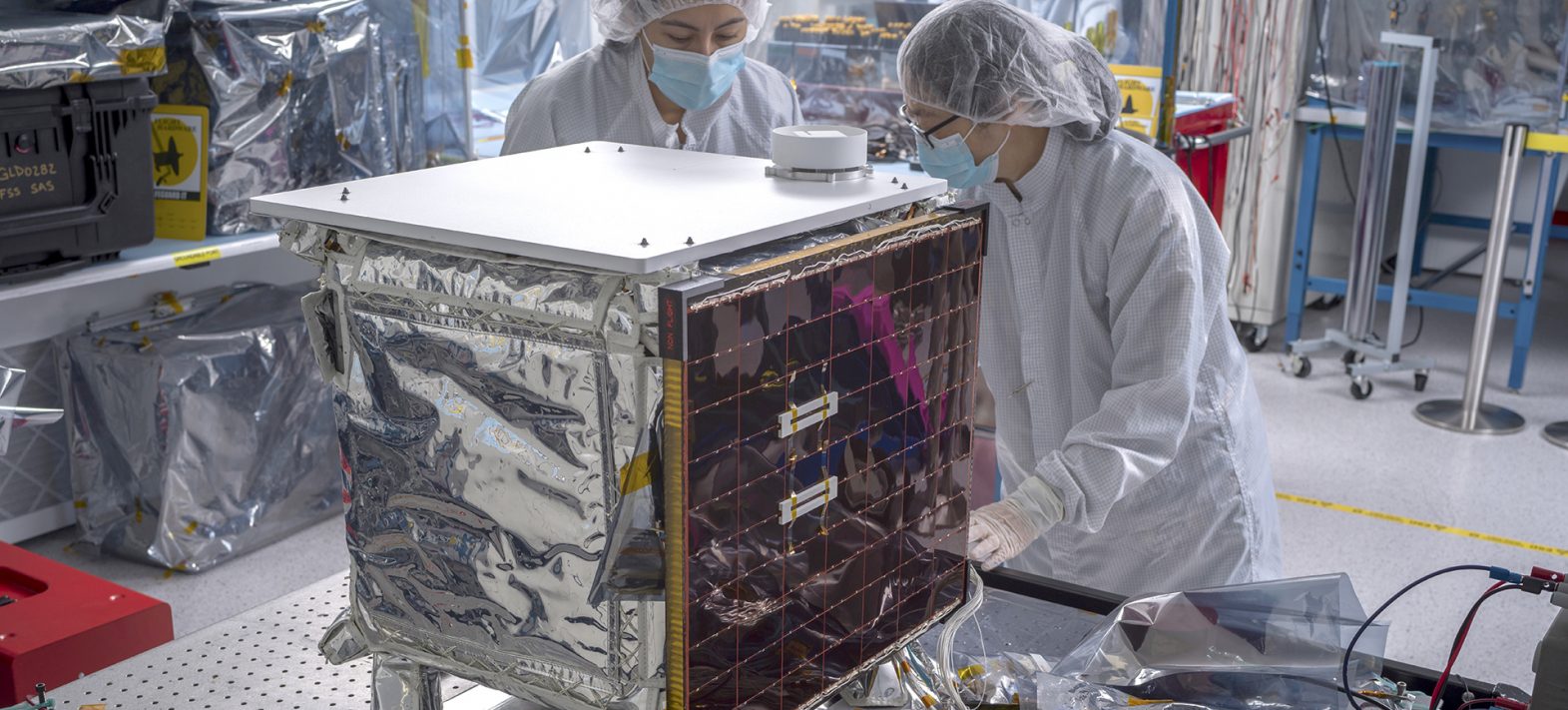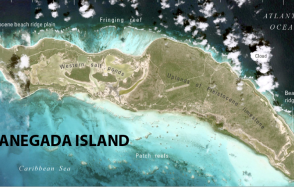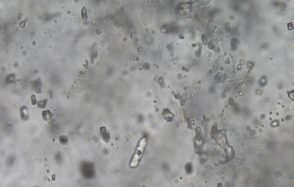Part of a payload called the Farside Seismic Suite (FSS), recently assembled at NASA’s Jet Propulsion Laboratory (JPL) in Southern California, the two seismometers are scheduled to be deposited in 2026 in the Schrödinger Basin, a large impact crater located around 500 km from the Moon’s south pole. This set of autonomous instruments, powered by solar energy, has its own computing and communications equipment, and incorporates a protection system against the extreme heat of the lunar day and the icy conditions at night.
First seismic events on the Moon
After being delivered to the surface by a lunar lander as part of NASA’s Commercial Lunar Payload Services (CLPS) initiative, FSS will return the first seismic data from the Moon since the Apollo programme’s seismometers were commissioned nearly 50 years ago. It will also provide the first seismic measurements of the far side of the Moon. Up to 30 times more sensitive than its Apollo predecessors, the FSS instrument will record the seismic activity of the Moon’s background, caused by micrometeorites the size of small pebbles hitting the surface. Quantifying these impacts will help to improve safety measures for future Artemis astronauts.
Planetary scientists are eager to discover what FSS will tell them about the Moon’s internal activity and structure, in order to better understand its formation and evolution, as well as those of rocky planets, including the Earth.
It will also answer a persistent question about Moonquakes: why did the Apollo instruments detect little seismic activity on the far side? One possible explanation could be that something in the Moon’s deep structure attenuates most of the earthquakes on the far side, making them harder to detect by the Apollo seismometers installed on the Moon’s visible side. Another reason could be that there are fewer earthquakes on the far side, which appears very different on the surface from the side visible from Earth.
“FSS will provide answers to questions we’ve been asking about the Moon for decades,” said Mark Panning, FSS mission principal investigator at JPL and InSight project scientist. “We can’t wait to start receiving that data.”
Science from Mars to the Moon
The two complementary instruments in the Farside Seismic Suite were inherited from the InSight mission and adapted to operate in lunar gravity conditions – less than half that of Mars, which itself is about a third that of Earth. They integrate a battery, a computer and electronic components inside a cubic structure surrounded by insulation and housed in an outer protective cube. Installed on top of the lander it is designed to survive, the FFS suite will collect data continuously for at least 4.5 months, throughout the long, cold lunar nights.
The Very Broad Band (VBB) seismometer is the most sensitive seismometer ever built for space exploration. It is capable of detecting the near motion of a single hydrogen atom. It is a large cylinder about 14 centimetres in diameter that measures up and down movements using a pendulum held in place by a spring. It was originally built as a flight spare for the InSight mission by the CNES. The French team nicknamed the VBB enclosure “le camembert”, because its proportions are similar to those of the cheese of the same name.
Philippe Lognonné of the Institut de Physique du Globe de Paris (IPGP), principal investigator of the InSight seismometer and professor at the Université Paris Cité, is co-investigator on the FSS project and responsible for the VBB instrument. “We have learned a lot from this instrument, and we are delighted to be able to use this experience to discover the mysteries of the Moon”, he said.
The smallest seismometer in the suite, called the Short Period sensor (SP), was built by Kinemetrics in Pasadena, California, in collaboration with Oxford University and Imperial College London. This thick disc-shaped device measures movements in three directions using microscopic sensors placed on three square silicon chips, each about 25 millimetres wide.
Just a few steps from the expedition
The FSS payload was assembled at JPL over the last year. Over the last few weeks, it has been subjected to stringent environmental tests in extreme vacuum and temperature conditions that reproduce those in space, as well as to strong vibrations that simulate the movement of the rocket at launch.
“The JPL team has been enthusiastic from the start about the idea of going to the Moon with our French colleagues”, said Ed Miller, FSS project manager at JPL and, like Panning and Lognonné, a member of the InSight mission. “We went to Mars together and now we’ll be able to look at the Moon and know that we built something there. We’ll be very proud of that.”
NASA also recently selected another piece of long-life seismic equipment that astronauts could eventually deploy at the Moon’s South Pole. FSS could become one of the links in an eventual global lunar geophysical network.









